Performance and Enhancement of Various Fillers Guiding Vanadium (V) Bioremediation
Abstract
1. Introduction
2. Methods and Materials
2.1. Preparation of Materials
2.2. Experimental Procedure
2.3. Analysis Methods
3. Results and Discussion
3.1. Effect of Different Fillers on V(V) Removal Process
3.2. Synergism between Various Fillers and Microbes
3.3. Geochemical and Environmental Implications
4. Conclusions
Supplementary Materials
Author Contributions
Funding
Institutional Review Board Statement
Informed Consent Statement
Data Availability Statement
Conflicts of Interest
References
- Imtiaz, M.; Rizwan, M.S.; Xiong, S.; Li, H.; Ashraf, M.; Shahzad, S.M.; Shahzad, M.; Rizwan, M.; Tu, S. Vanadium, recent advancements and research prospects: A review. Environ. Int. 2015, 80, 79–88. [Google Scholar] [CrossRef] [PubMed]
- Lee, J.; Kim, E.; Chung, K.W.; Kim, R.; Jeon, H.S. A review on the metallurgical recycling of vanadium from slags: Towards a sustainable vanadium production. J. Mater. Res. Technol. 2021, 12, 343–364. [Google Scholar] [CrossRef]
- Burke, I.T.; Peacock, C.L.; Lockwood, C.L.; Stewart, D.I.; Mortimer, R.J.; Ward, M.B.; Renforth, P.; Gruiz, K.; Mayes, W.M. Behavior of aluminum, arsenic, and vanadium during the neutralization of red mud leachate by HCl, gypsum, or seawater. Environ. Sci. Technol. 2013, 47, 6527–6535. [Google Scholar] [CrossRef] [PubMed]
- Jia, L.; Anthony, E.J.; Charland, J.P. Investigation of vanadium compounds in ashes from a CFBC firing 100 petroleum coke. Energy Fuels 2002, 16, 397–403. [Google Scholar] [CrossRef]
- Anke, M. Vanadium-an element both essential and toxic to plants, animals and humans. Anal. Real Acad. Nac. Farm. 2004, 70, 961–999. [Google Scholar]
- Cooper, R.G. Vanadium pentoxide inhalation. Indian J. Occup. Environ. Med. 2007, 11, 97. [Google Scholar] [CrossRef]
- Gogoi, H.; Zhang, R.; Matusik, J.; Leiviskä, T.; Rämö, J.; Tanskanen, J. Vanadium removal by cationized sawdust produced through iodomethane quaternization of triethanolamine grafted raw material. Chemosphere 2021, 278, 130445. [Google Scholar] [CrossRef]
- He, W.; Liao, W.; Yang, J.; Jeyakumar, P.; Anderson, C. Removal of vanadium from aquatic environment using phosphoric acid modified rice straw. Bioremediat. J. 2020, 24, 80–89. [Google Scholar] [CrossRef]
- Zhang, R.; Leiviskä, T.; Tanskanen, J.; Gao, B.; Yue, Q. Utilization of ferric groundwater treatment residuals for inorganic-organic hybrid biosorbent preparation and its use for vanadium removal. Chem. Eng. J. 2019, 361, 680–689. [Google Scholar] [CrossRef]
- Hu, Y.; Liu, T.; Chen, N.; Feng, C.; Lu, W.; Guo, H. Simultaneous bio-reduction of nitrate and Cr(VI) by mechanical milling activated corn straw. J. Hazard. Mater. 2022, 429, 128258. [Google Scholar] [CrossRef]
- Hao, L.; He, Y.; Shi, C.; Hao, X. Performance and mechanisms for V(V) bio-reduction by straw: Key influencing factors. RSC Adv. 2021, 11, 27246–27256. [Google Scholar] [CrossRef] [PubMed]
- Deng, J.; Zhou, R.; Shan, X.; Ruan, W. Biomass Substrate Carrying Bacteria for Treatment of Micro-polluted River Water. China Water Wastewater 2021, 37, 8. [Google Scholar]
- Wu, H.; Fan, J.; Zhang, J.; Ngo, H.H.; Guo, W.; Liang, S.; Lv, J.; Lu, S.; Wu, W.; Wu, S. Intensified organics and nitrogen removal in the intermittent-aerated constructed wetland using a novel sludge-ceramsite as substrate. Bioresour. Technol. 2016, 210, 101–107. [Google Scholar] [CrossRef] [PubMed]
- Yang, J.; Wang, M.; Jia, Y.; Gou, M.; Zeyer, J. Toxicity of vanadium in soil on soybean at different growth stages. Environ. Pollut. 2017, 231, 48–58. [Google Scholar] [CrossRef]
- Hao, L.; He, Y.; Shi, C.; Hao, X. Biologically removing vanadium(V) from groundwater by agricultural biomass. J. Environ. Manag. 2021, 296, 113244. [Google Scholar] [CrossRef]
- Hao, L.; Liu, Y.; Chen, N.; Hao, X.; Zhang, B.; Feng, C. Microbial removal of vanadium(V) from groundwater by sawdust used as a sole carbon source. Sci. Total Environ. 2021, 751, 142161. [Google Scholar] [CrossRef]
- Xu, X.; Xia, S.; Zhou, L.; Zhang, Z.; Rittmann, B.E. Bioreduction of vanadium(V) in groundwater by autohydrogentrophic bacteria: Mechanisms and microorganisms. J. Environ. Sci. 2015, 30, 122–128. [Google Scholar] [CrossRef]
- Zhang, B.; Qiu, R.; Lu, L.; Chen, X.; He, C.; Lu, J.; Ren, Z. Autotrophic vanadium(V) bioreduction in groundwater by elemental sulfur and zerovalent iron. Environ. Sci. Technol. 2018, 52, 7434–7442. [Google Scholar] [CrossRef]
- He, C.; Zhang, B.; Lu, J.; Qiu, R. A newly discovered function of nitrate reductase in chemoautotrophic vanadate transformation by natural mackinawite in aquifer. Water Res. 2021, 189, 116664. [Google Scholar] [CrossRef]
- Hao, X.; Wei, L.; Qiu, F. Experimental study on enhancing nitrogen removal by effluent recirculation in a BAF reactor with crushed lava packed as carriers. Chin. J. Environ. Eng. 2009, 3, 239–245. [Google Scholar]
- Zandvoort, M.H.; Hullebusch, E.D.; Fermoso, F.G.; Lens, P.N.L. Trace metals in anaerobic granular sludge reactors: Bioavailability and dosing strategies. Eng. Life Sci. 2006, 6, 293–301. [Google Scholar] [CrossRef]
- Zhang, W.; Wu, S.; Guo, J.; Zhou, J.; Dong, R. Performance and kinetic evaluation of semi-continuously fed anaerobic digesters treating food waste: Role of trace elements. Bioresour. Technol. 2015, 178, 297–305. [Google Scholar] [CrossRef] [PubMed]
- Cai, Y.; Hua, B.; Gao, L.; Hu, Y.; Yuan, X.; Cui, Z.; Zhu, W.; Wang, X. Effects of adding trace elements on rice straw anaerobic mono-digestion: Focus on changes in microbial communities using high-throughput sequencing. Bioresour. Technol. 2017, 239, 454–463. [Google Scholar] [CrossRef] [PubMed]
- Awasthi, M.K.; Wang, Q.; Awasthi, S.K.; Wang, M.; Chen, H.; Ren, X.; Zhao, J.; Zhang, Z. Influence of medical stone amendment on gaseous emissions, microbial biomass and abundance of ammonia oxidizing bacteria genes during biosolids composting. Bioresour. Technol. 2018, 247, 970–979. [Google Scholar] [CrossRef] [PubMed]
- Yan, X.; Wang, B.; Zhang, J. Liquefaction of cotton seed in sub-critical water/ethanol with modified medical stone for bio-oil. Bioresour. Technol. 2015, 197, 120–127. [Google Scholar] [CrossRef] [PubMed]
- Wang, Q.; Wang, Z.; Awasthi, M.K.; Jiang, Y.; Li, R.; Ren, X.; Zhao, J.; Shen, F.; Wang, M.; Zhang, Z. Evaluation of medical stone amendment for the reduction of nitrogen loss and bioavailability of heavy metals during pig manure composting. Bioresour. Technol. 2016, 220, 297–304. [Google Scholar] [CrossRef]
- Li, R.; Liu, J.; Li, Y.; Cao, S.; Chen, G. Review on the Application Effects of ’Medica’ Healthy-stone in Hunan Province. Hunan Agric. Sci. 2007, 120–122. [Google Scholar]
- Giagnoni, L.; Borges, L.G.; Giongo, A.; Silveira, A.; Ardissone, A.N.; Triplett, E.W.; Mench, M.; Renella, G. Dolomite and compost amendments enhance cu phytostabilization and increase microbiota of the leachates from a cu-contaminated soil. Agronomy 2020, 10, 719. [Google Scholar] [CrossRef]
- Wang, Q.; Awasthi, M.K.; Zhao, J.; Ren, X.; Wang, M.; Li, R.; Wang, Z.; Zhang, Z. Utilization of medical stone to improve the composition and quality of dissolved organic matter in composted pig manure. J. Clean. Prod. 2018, 197, 472–478. [Google Scholar] [CrossRef]
- Yang, Z.; Du, M.; Jiang, J. Reducing capacities and redox potentials of humic substances extracted from sewage sludge. Chemosphere 2016, 144, 902–908. [Google Scholar] [CrossRef]
- Lovley, D.R.; Coates, J.D.; Blunt-Harris, E.L.; Phillips, E.J.; Woodward, J.C. Humic substances as electron acceptors for microbial respiration. Nature 1996, 382, 445–448. [Google Scholar] [CrossRef]
- Nevin, K.P.; Lovley, D.R. Potential for nonenzymatic reduction of Fe(III) via electron shuttling in subsurface sediments. Environ. Sci. Technol. 2000, 34, 2472–2478. [Google Scholar] [CrossRef]
- Roden, E.E.; Kappler, A.; Bauer, I.; Jiang, J.; Paul, A.; Stoesser, R. Extracellular electron transfer through microbial reduction of solid-phase humic substances. Nat. Geosci. 2010, 3, 417–421. [Google Scholar] [CrossRef]
- Zhou, S.; Chen, S.; Yuan, Y.; Lu, Q. Influence of humic acid complexation with metal ions on extracellular electron transfer activity. Sci. Rep. 2015, 5, 17067. [Google Scholar] [CrossRef]
- Wittbrodt, P.R.; Palmer, C.D. Effect of temperature, ionic strength, background electrolytes, and Fe(III) on the reduction of hexavalent chromium by soil humic substances. Environ. Sci. Technol. 1996, 30, 2470–2477. [Google Scholar] [CrossRef]
- Lu, X.; Johnson, W.D.; Hook, J. Reaction of vanadate with aquatic humic substances: An ESR and 51V NMR study. Environ. Sci. Technol. 1998, 32, 2257–2263. [Google Scholar] [CrossRef]
- Ortiz-Bernad, I.; Anderson, R.T.; Vrionis, H.A.; Lovley, D.R. Vanadium respiration by Geobacter metallireducens: Novel strategy for in situ removal of vanadium from groundwater. Appl. Environ. Microbiol. 2004, 70, 3091–3095. [Google Scholar] [CrossRef] [PubMed]
- Luo, K.; Yang, Q.; Li, X.; Chen, H.; Liu, X.; Yang, G.; Zeng, G. Novel insights into enzymatic-enhanced anaerobic digestion of waste activated sludge by three-dimensional excitation and emission matrix fluorescence spectroscopy. Chemosphere 2013, 91, 579–585. [Google Scholar] [CrossRef]
- Wang, Y.; Zhang, J.; Sun, Y.; Yu, J.; Zheng, Z.; Li, S.; Cui, Z.; Hao, J.; Li, G. Effects of intermittent mixing mode on solid state anaerobic digestion of agricultural wastes. Chemosphere 2020, 248, 126055. [Google Scholar] [CrossRef]
- Bridgeman, J.; Baker, A.; Marquet, C.C.; Carstea, E. Determination of changes in wastewater quality through a treatment works using fluorescence spectroscopy. Environ. Technol. 2013, 34, 3069–3077. [Google Scholar] [CrossRef]
- Wu, J.; Zhang, H.; He, P.; Shao, L. Insight into the heavy metal binding potential of dissolved organic matter in MSW leachate using EEM quenching combined with PARAFAC analysis. Water Res. 2011, 45, 1711–1719. [Google Scholar] [CrossRef] [PubMed]
- Liu, W.; Cheng, S.; Yin, L.; Sun, Y.; Yu, L. Influence of soluble microbial products on the long-term stability of air cathodes in microbial fuel cells. Electrochim. Acta 2018, 261, 557–564. [Google Scholar] [CrossRef]
- Takashima, M.; Speece, R.E. Mineral nutrient requirements for high-rate methane fermentation of acetate at low SRT. Res. J. Water Pollut. Control Fed. 1989, 61, 1645–1650. [Google Scholar]
- Michel, R.; Massanz, C.; Kostka, S.; Richter, M.; Fiebig, K. Biochemical Characterization of the 8-hydroxy-5-deazaflavin-reactive Hydrogenase from Methanosarcina barkeri Fusaro. Eur. J. Biochem. 1995, 233, 727–735. [Google Scholar] [CrossRef]
- Khatri, S.; Wu, S.; Kizito, S.; Zhang, W.; Li, J.; Dong, R. Synergistic effect of alkaline pretreatment and Fe dosing on batch anaerobic digestion of maize straw. Appl. Energy 2015, 158, 55–64. [Google Scholar] [CrossRef]
- Tsai, W.; Su, T.; Hsu, H.; Lin, K.; Lin, C.; Tai, T. Preparation of mesoporous solids by acid treatment of a porphyritic andesite (wheat–rice–stone). Microporous Mesoporous Mater. 2007, 102, 196–203. [Google Scholar] [CrossRef]
- Jacques, J.G.; Burlat, B.; Arnoux, P.; Sabaty, M.; Guigliarelli, B.; Léger, C.; Pignol, D.; Fourmond, V. Kinetics of substrate inhibition of periplasmic nitrate reductase. Biochim. Biophys. Acta-Bioenerg. 2014, 1837, 1801–1809. [Google Scholar] [CrossRef]
- Zhang, B.; Li, Y.; Fei, Y.; Cheng, Y. Novel pathway for vanadium (V) bio-detoxification by gram-positive Lactococcus raffinolactis. Environ. Sci. Technol. 2021, 55, 2121–2131. [Google Scholar] [CrossRef]
- Wang, G.; Zhang, B.; Li, S.; Yang, M.; Yin, C. Simultaneous microbial reduction of vanadium (V) and chromium (VI) by Shewanella loihica PV-4. Bioresour. Technol. 2017, 227, 353–358. [Google Scholar] [CrossRef]
- Shi, C.; Cui, Y.; Lu, J.; Zhang, B. Sulfur-based autotrophic biosystem for efficient vanadium (V) and chromium (VI) reductions in groundwater. Chem. Eng. J. 2020, 395, 124972. [Google Scholar] [CrossRef]
- Ali, M.M.S.; Imam, D.M.; El-Nadi, Y.A. Vanadium (V) removal and recovery by adsorption onto modified activated carbon derived from natural hydroxyapatite. J. Iran. Chem. Soc. 2021, 18, 2771–2784. [Google Scholar] [CrossRef]
- He, Q.; Si, S.; Zhao, J.; Yan, H.; Sun, B.; Cai, Q.; Yu, Y. Removal of vanadium from vanadium-containing wastewater by amino modified municipal sludge derived ceramic. Saudi J. Biol. Sci. 2018, 25, 1664–1669. [Google Scholar] [CrossRef] [PubMed]

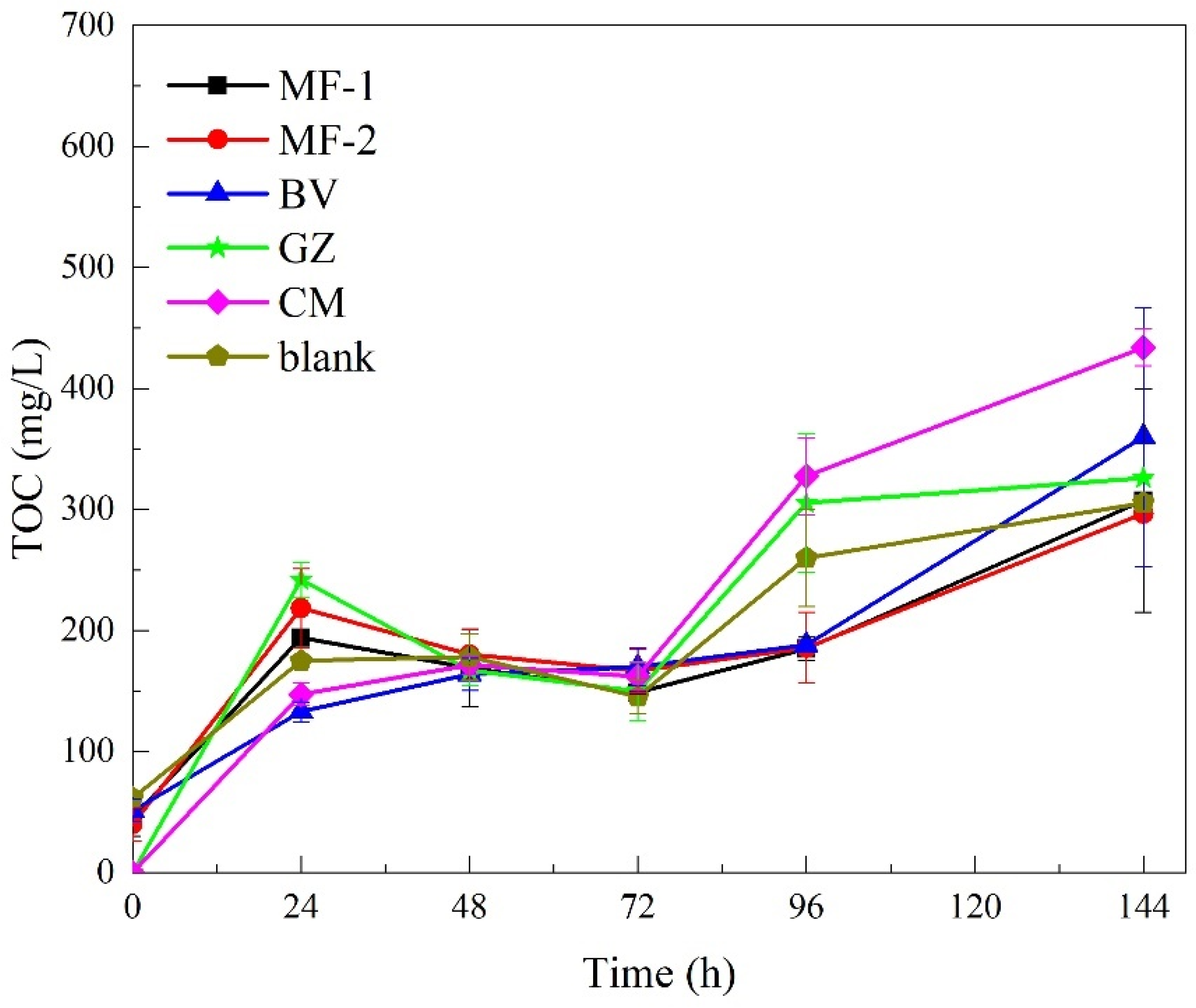
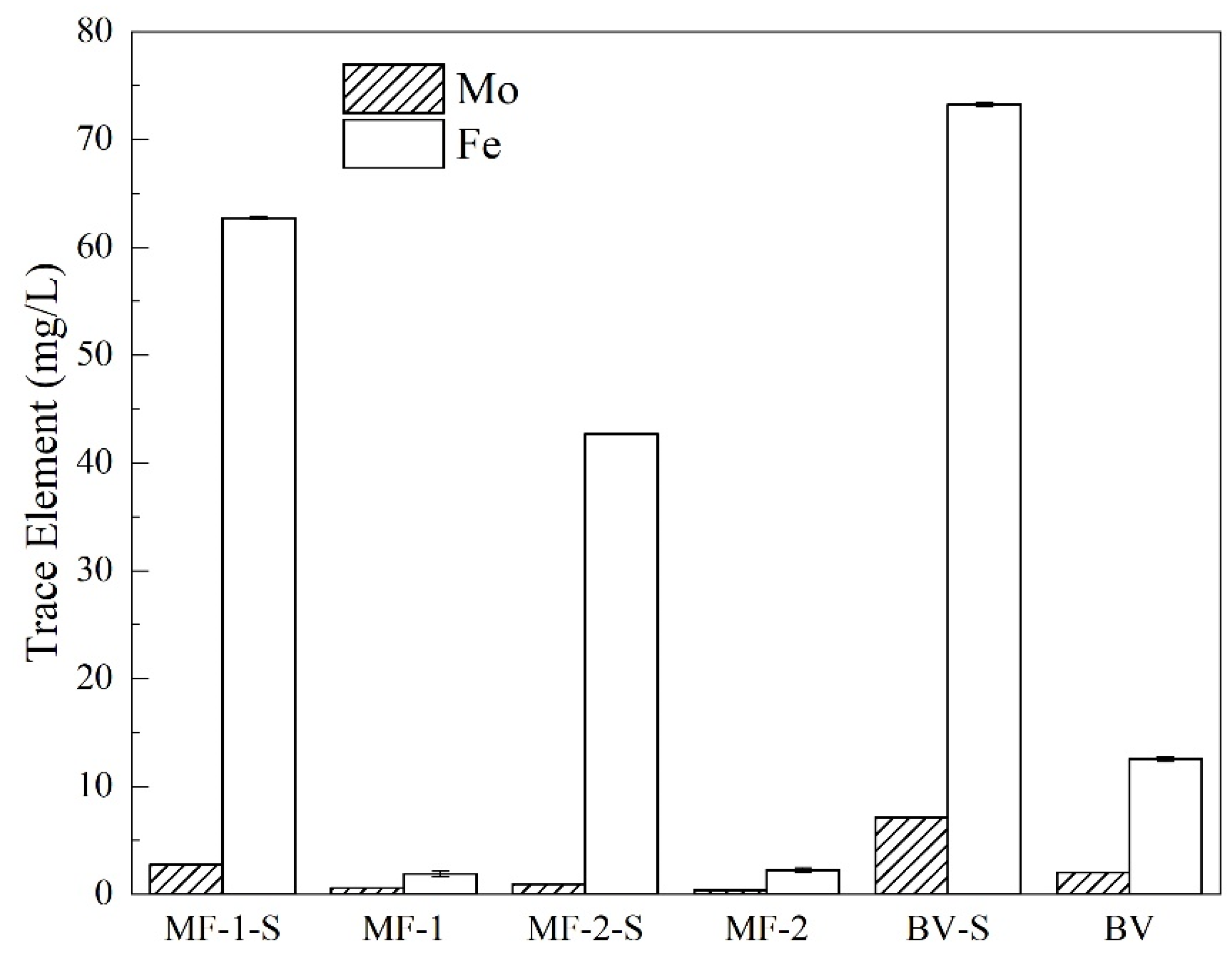
| Group | Straw (g) | Filler (10 g) | Sludge (mL) | Initial V(V) Concentration (mg/L) | |
|---|---|---|---|---|---|
| Test 1 | MF-1 | 2.5 | Maifanite-1 | 0 | 75 |
| MF-2 | 2.5 | Maifanite-2 | 0 | 75 | |
| BV | 2.5 | Black volcanics | 0 | 75 | |
| GZ | 2.5 | Green zeolite | 0 | 75 | |
| CM | 2.5 | Ceramsite | 0 | 75 | |
| blank | 2.5 | blank | 0 | 75 | |
| Test 2 | MF-1-S | 2.5 | Maifanite-1 | 12.5 | 75 |
| MF-2-S | 2.5 | Maifanite-2 | 12.5 | 75 | |
| BV-S | 2.5 | Black volcanics | 12.5 | 75 |
| Time | 0 h | 72 h | 168 h | |
|---|---|---|---|---|
| Group | ||||
| MF-1-S | 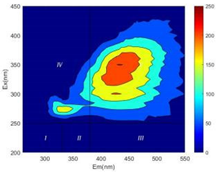 |  | 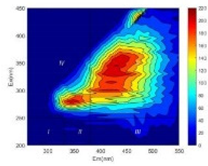 | |
| MF-1 | 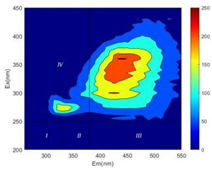 | 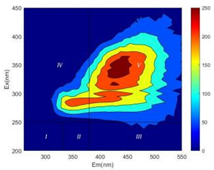 | 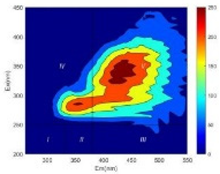 | |
| MF-2-S | 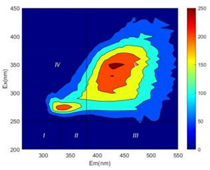 | 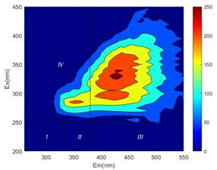 | 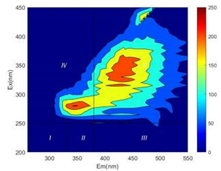 | |
| MF-2 |  |  |  | |
| BV-S | 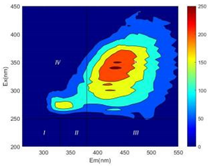 |  | 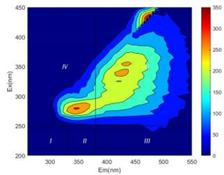 | |
| BV | 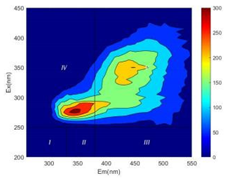 |  | 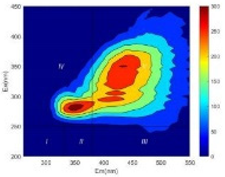 | |
| GZ |  | 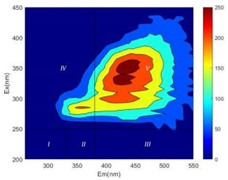 | 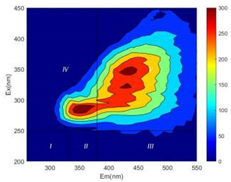 | |
| CM |  | 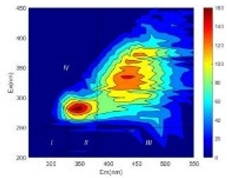 | 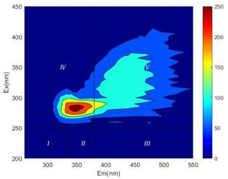 | |
| Blank |  |  |  | |
| Group | 0 h (×105) | 168 h (×106) |
|---|---|---|
| MF-1-S | 1.5 | 6.7 |
| MF-1 | 0 | 8.7 |
| MF-2-S | 1.5 | 8.6 |
| MF-1 | 0 | 8.9 |
| BV-S | 1.5 | 6.1 |
| BV | 0 | 5.7 |
Publisher’s Note: MDPI stays neutral with regard to jurisdictional claims in published maps and institutional affiliations. |
© 2022 by the authors. Licensee MDPI, Basel, Switzerland. This article is an open access article distributed under the terms and conditions of the Creative Commons Attribution (CC BY) license (https://creativecommons.org/licenses/by/4.0/).
Share and Cite
Hao, L.; Li, L.; Wang, B.; Wang, X.; Shi, J.; Shi, C.; Hao, X. Performance and Enhancement of Various Fillers Guiding Vanadium (V) Bioremediation. Int. J. Environ. Res. Public Health 2022, 19, 14926. https://doi.org/10.3390/ijerph192214926
Hao L, Li L, Wang B, Wang X, Shi J, Shi C, Hao X. Performance and Enhancement of Various Fillers Guiding Vanadium (V) Bioremediation. International Journal of Environmental Research and Public Health. 2022; 19(22):14926. https://doi.org/10.3390/ijerph192214926
Chicago/Turabian StyleHao, Liting, Lin Li, Bangyan Wang, Xinli Wang, Jinkai Shi, Chen Shi, and Xiaodi Hao. 2022. "Performance and Enhancement of Various Fillers Guiding Vanadium (V) Bioremediation" International Journal of Environmental Research and Public Health 19, no. 22: 14926. https://doi.org/10.3390/ijerph192214926
APA StyleHao, L., Li, L., Wang, B., Wang, X., Shi, J., Shi, C., & Hao, X. (2022). Performance and Enhancement of Various Fillers Guiding Vanadium (V) Bioremediation. International Journal of Environmental Research and Public Health, 19(22), 14926. https://doi.org/10.3390/ijerph192214926







